Luxury, Premium and Lifestyle Brands that don't master the "Dichotomy between short and long term" won't survive
Luxury is associated by many people with expensive and shiny objects: Boats, sports cars, handbags with exotic leathers, exclusive watches, an expensive bottle of wine, haute couture, to name a few. All products that seem to sustain time, build for eternity. This influences the way many luxury companies are organized and work today: with few exceptions, the focus is on the long-term -- with little to no real innovation. Instead we observe perpetual re-interpretations of the heritage of luxury brands.
This business model is not longer sustainable. Agility and re-invention are needed. Because consumers ultimately seek the immaterial versus the material. They look for excitement. And sometimes just for an escape from the speed, stress, and pressures of today’s life. Wellness has become the new luxury. Respecting sustainable and local solutions is a clear expectation. Ultimately, today’s luxury is about a shift towards immersive and memorable experiences, beyond the pure product or service.
What does it mean for brands? They need to be in the now and in the know. They must adapt much faster to the reality of the life of consumers that is increasingly digital and technology-assisted. Brands need to master the dichotomy between their expertise and their heritage – the long-term – and the short-term, experience, excitement and instant-gratification focus of their consumers. It’s a paradigm-shift in luxury.
This calls for a step-change in innovation and creativity. Building on heritage but mixing it with topics that are relevant in the now. Setting trends. Being front-runners rather than stuck in their past. Moët & Chandon's vending machine at the Mandarin Oriental in Las Vegas is a great example. Selling mini-bottles of champagne with a flute as a mouth piece allows a different access to the brand and a different drinking experience. Rolls-Royce introducing a gallery in the dashboard of the new Phantom is another example, giving owner the ability to experience a work of art on the go. Or Tesla's Falcon Wing doors of the Model X. Louis Vuitton's collaboration with artists like Jeff Koons. Just to name a few.
Luxury, premium and lifestyle brands that stand still and stay in the "long-term" won't survive. And it's great news for innovators. Disruption is possible. And if it's relevant for consumers, innovation and disruption will shake up the status quo in a market.
About the author
Dr. Daniel Langer is CEO of Équité, a global branding and brand strategy firm that elevates brands and increases their value, profitability and success. He is an authority on brands, brand equity, brand positioning, pricing and luxury management. He holds a PhD in luxury marketing, is author of several top-rated books, book chapters and articles on luxury. He held top management positions in USA, Japan and Europe and was responsible for developing, launching and strengthening iconic global beauty care brands.


